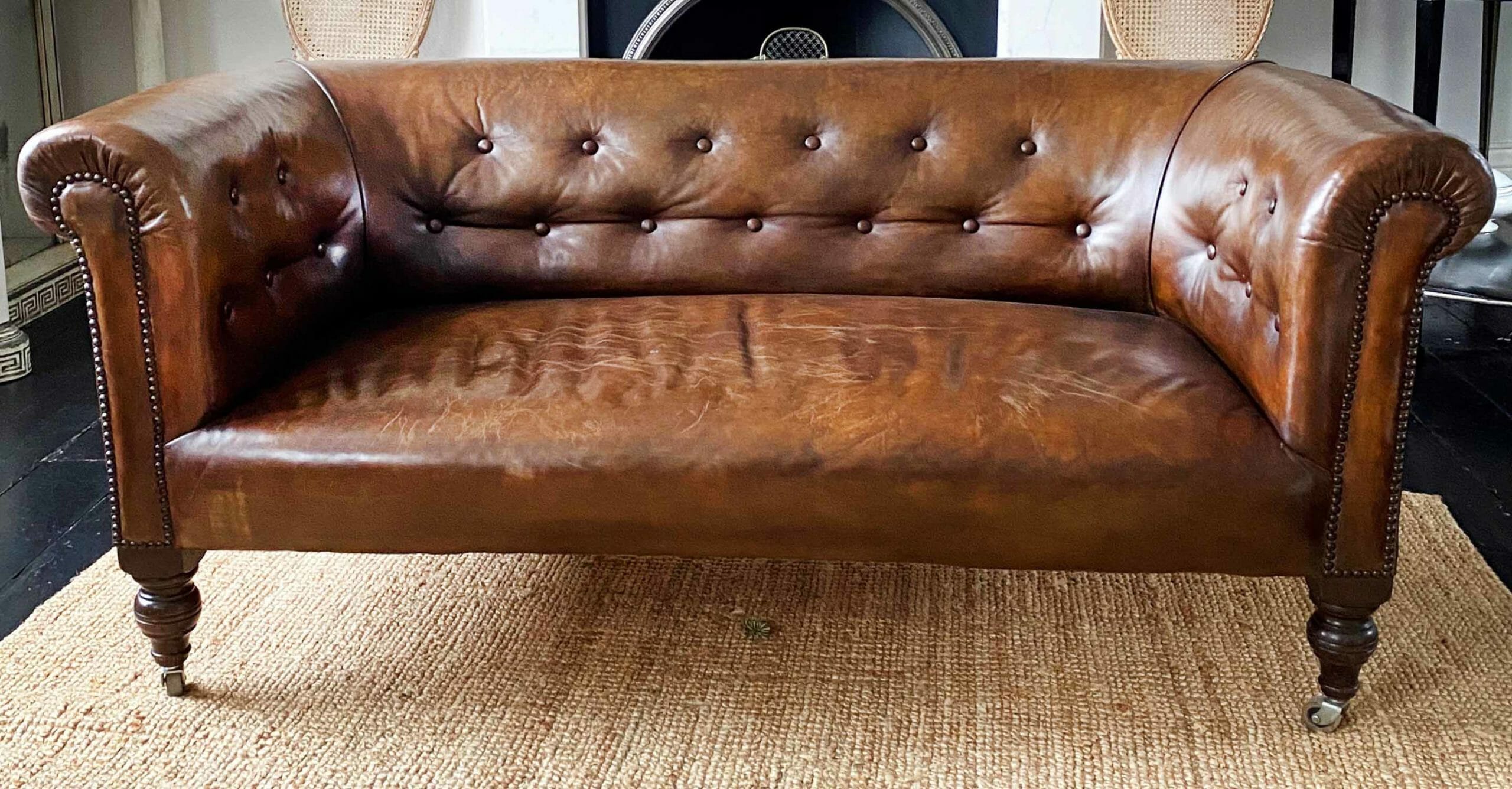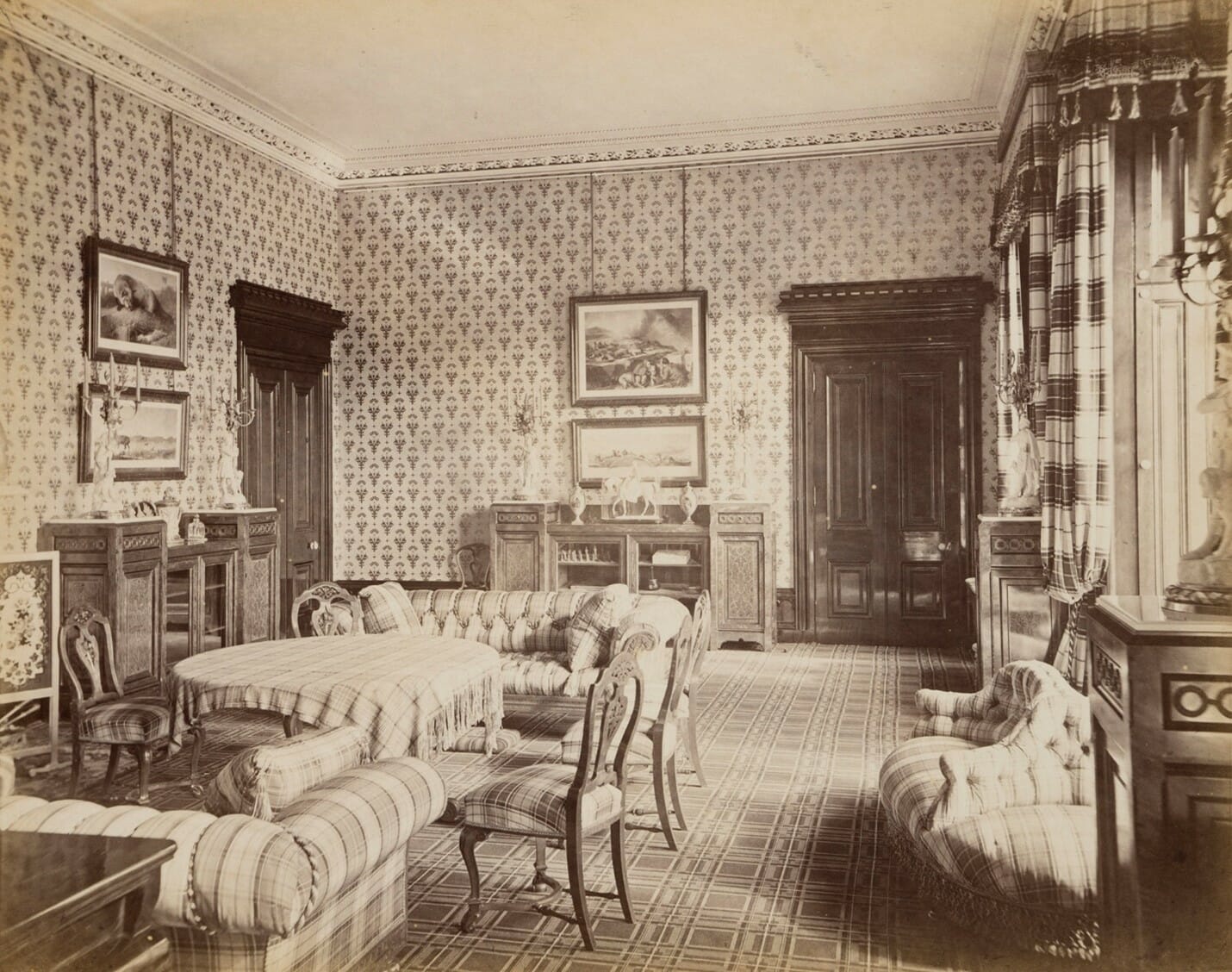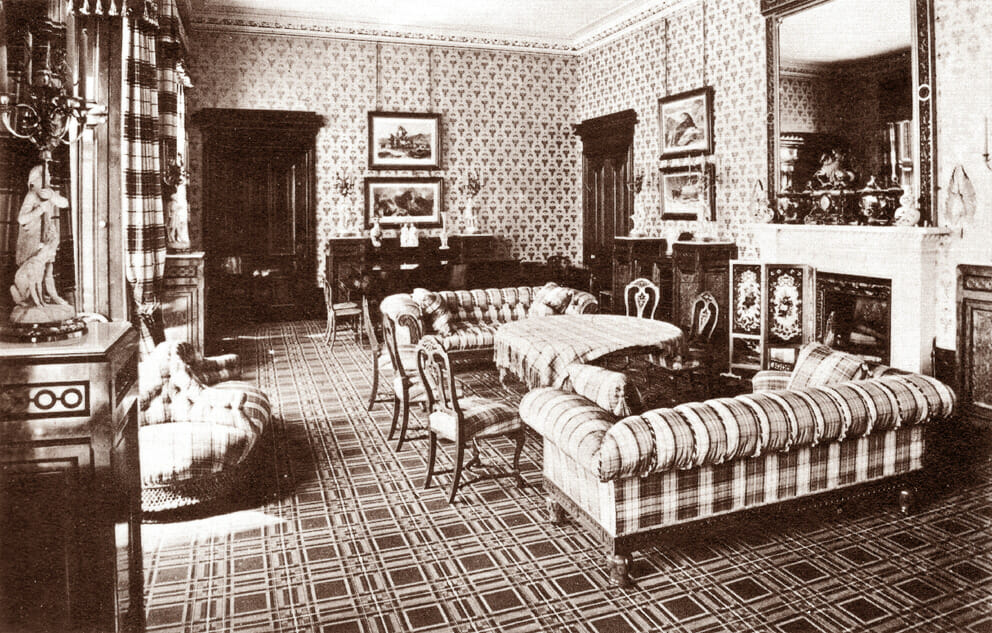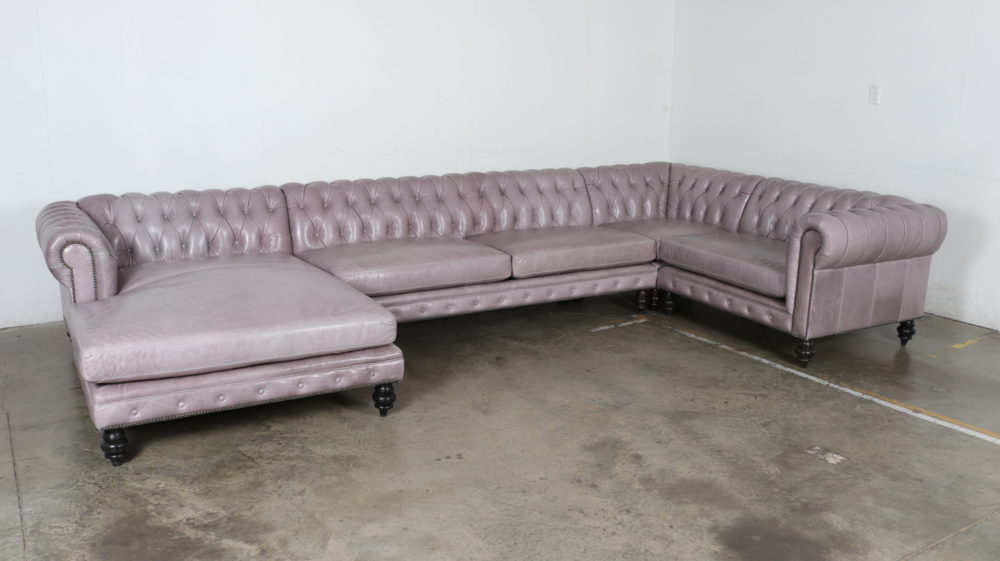


For the last few years, the Chesterfield sofa has made an impression on the world – and it isn’t going anywhere anytime soon! But have you ever wondered of the history of the Chesterfield sofa?
You may have heard a few terms to describe seated upholstery furniture. Canadians often call all sofas “Chesterfields.” Brits call their sofas anything from “divans” to “davenports.” Americans use the word “couch” and “sofa” interchangeably to the horror of the design community. Here at COCOCO, we take the traditional approach and call our back and arm tufted styles “Chesterfields.”
Theories abound for Chesterfield sofa history and its true origin story, some more grandiose and fable-like than others, none can be definitively confirmed. However, the earliest documented Chesterfield was in the late 1700s, making this style more than 250 years old!
The Chesterfield has transcended through centuries of interior design trends due to its not-so subtle elegance and surprising versatility.
A chesterfield
Soho Chesterfield in Como “Indigo” velvet by JB Martin
Traditional Chesterfield in Berkshire “Bourbon”
A Biltmore Chesterfield Chair in Como Jade velvet
A Chelsea Chesterfield loveseat in Pamplona “Marigold” leather with wet green® technology.
Our favorite likely origin story begins with the 4th Earl of Chesterfield – Lord Philip Stanhope (1694-1773). The The Earl of Chesterfield was a wealthy member of the gentry known for forming and leading the “Broad Bottom” party – no, that does not reference wide behinds, but a political party that focused on cross-party appeal. Two theories surround the earl:
Fortunately 100 years later, Queen Victoria ushered in a style of elegance and comfort. She had the tufts set deeper and added more horsehair for a plusher seat. A matching set of tartan-covered Chesterfields were the centerpieces in her sitting room at Balmoral Castle in Scotland.


As the British conquered lands and built an empire, they brought along customs of high tea and luxurious Chesterfield sofas, spreading not only their culture but also their good taste in interior furnishings. The Queen wasn’t the only notable fan of the Chesterfield. Sigmund Freud found that having patients lie in repose on a Chesterfield was an effective way to gain access to his patient’s minds.
Another proof of this enduring style is that antique Chesterfields, like this Victorian Era horsehair-stuffed beauty, have sold for over $25k! You can think of your COCOCO Home Chesterfield as an heirloom piece your grandchildren will fight over.
Thankfully we are in the 21st century and the comfort and structure of Chesterfields have continued to improve with companies like ours doing things the right way. See how our Chesterfields are made in this video:
https://www.youtube.com/watch?v=OzgQ2oOnoJc&feature=youtu.be
There are a few things to keep in mind when you are designing your own COCOCO Home Chesterfield. Overall depths range from 34″ – 46”, giving the option of an upright, formal seat, or extra deep for feet up. The rolled back of our Chesterfields has an additional 4” of tufted beauty. You can choose our Brooklyn profile – great for city apartments where you won’t see the back of the sofa – and save those 4” of depth.
While we of course offer the traditional full roll (the Standard Profile), the Brooklyn Profile is perfect for small spaces, where you will never see the back of the sofa. Save 4″ of overall depth by choosing the Brooklyn Profile. The seat depth remains the same and is not affected by choosing the Brooklyn.
Have some room? GO BIG. The Chesterfield is a full-size style; the arms are 11” each – taking up 22” of length. Just give yourself at least 3 feet of walking space around your furniture. Chesterfield sectionals and double chaises make a dramatic statement. You will have plenty of sightlines from one room to the next since the Chesterfield doesn’t take up as much vertical space as higher pillow-back styles.

Of course, as a custom furniture manufacturer, we create all sizes and variations of the Chesterfield; from sectionals to daybeds and chaises.
We recommend choosing a fabric or leather that shows off the tufting. Full aniline leathers with dramatic pull (lots of high-low variation) and velvets with luster and directional shadowing really enhancing the artistry of hand tufting as well as the history of the Chesterfield.
Now that you’ve gained your cocktail party historical knowledge of the classic Chesterfield, contact one of our designers to turn that inspiration into reality.